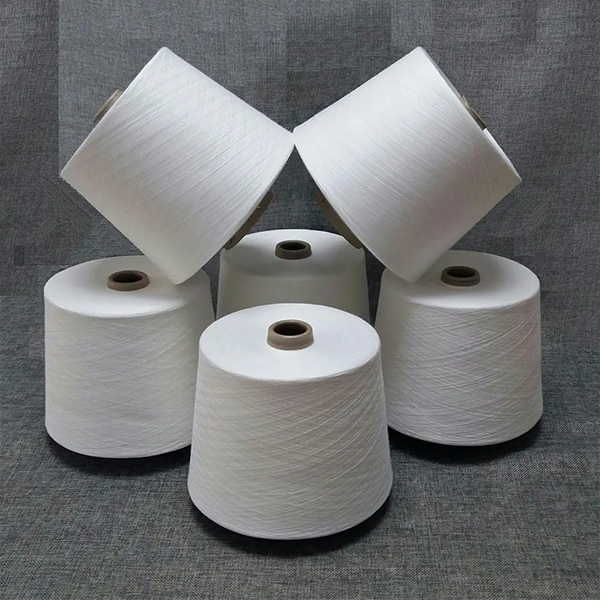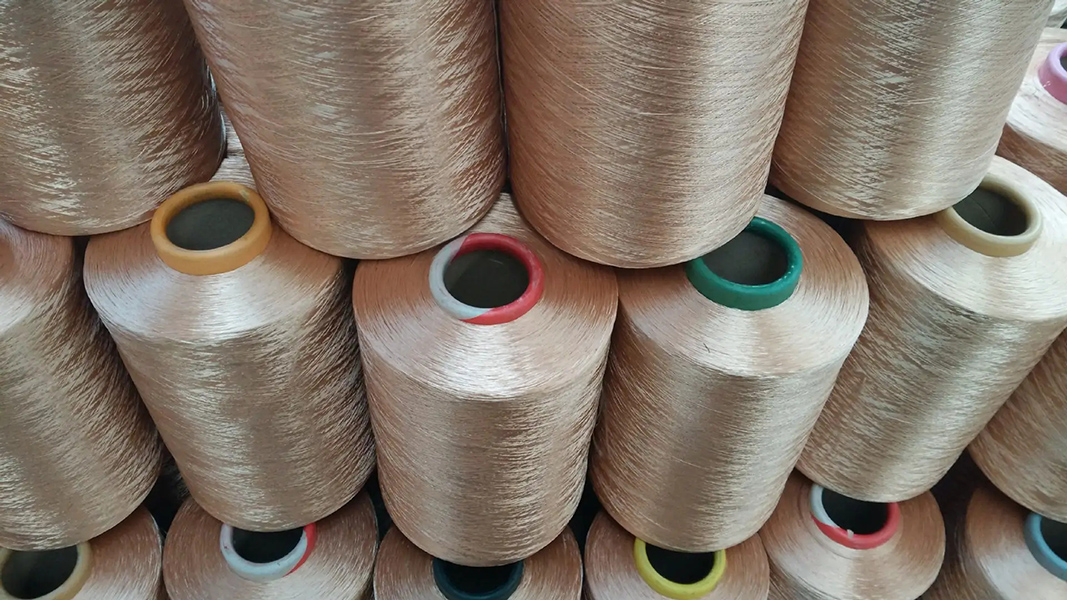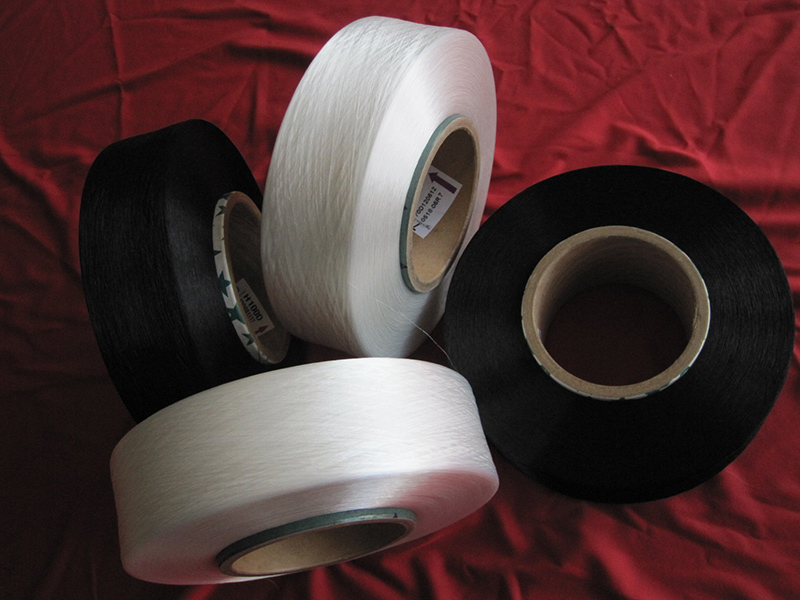Vinylon: Water-dissolvent and Hygroscopic
1.Features:
Vinylon has high hygroscopicity, which is the best among synthetic fibers and called as “synthetic cotton”. Strength is poorer than nylon and polyester. Good chemical stability. Resistant to alkali, but not resistant to strong acid. Very good light aging property and weather resistance. Resistant to dry heat, but not resistant to wet heat (shrinking). Fabric is easy to crease. Dyeing is poor. Color is not bright.

2.Application:
Mostly it is blended with cotton to make muslin, poplin, corduroy, underwear, canvas, waterproof fabric, packing materials and work clothes, etc.
3.Dyeing:
Dyed by direct dyes, reactive dyes and disperse dyes, etc. Dyeing depth is poor.
Polypropylene Fiber: Light and Warm
1.Features:
Polypropylene fiber is the lightest fiber among common chemical fibers. It’s barely hygroscopic. But it has good wicking capacity and high strength. Fabric has good dimensional stability. Good wear resistance. Good chemical stability. Poor heat stability. Poor fastness to sun-light. Easily aging and brittle.

2.Application:
Socks, mosquito-resistant fabric, quilt wadding, warmth retention filler. Industry: carpet, finishing net, canvas, water hose, sanitary products to replace cotton gauze fabric in medical.
3.Dyeing:
Difficult to dye. After modified, can be dyed by disperse dyes.
Spandex: Elastic Fiber
1.Features:
Spandex has the best elasticity. Its strength and moisture absorption are poor. Resistant to light, acid and alkali. Good wear resistance. Spandex is high elastic. It can stretch 5-7 times longer than the original. Comfortable to wear. Soft handle. Not crease. Can always keep the fabric contour.

2.Application:
Spandex is widely applied in underwear, casual wear, sportswear, socks, pantyhose, bandages and medical field, etc.
3.Dyeing:
Difficult to dye. Can be dyed by disperse dyes and acid dyes via auxiliaries.
Post time: Dec-29-2023

